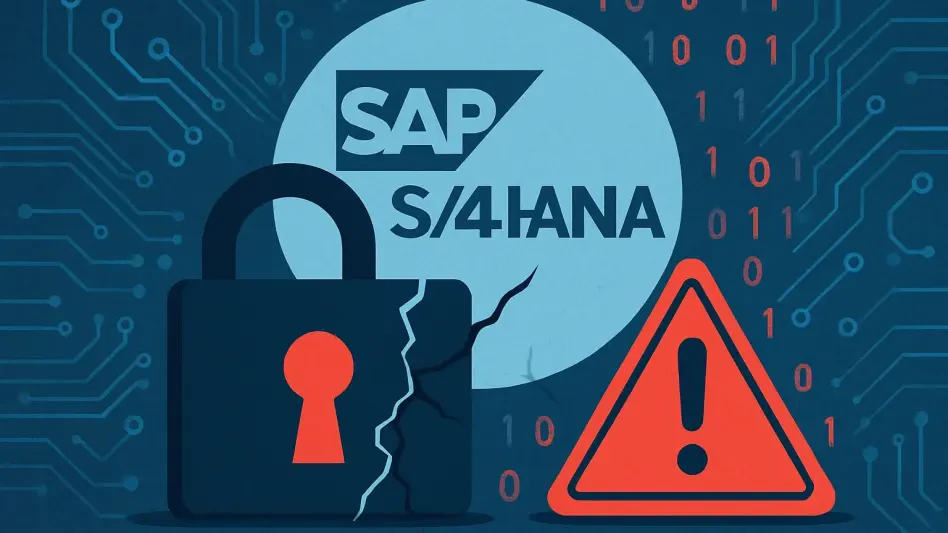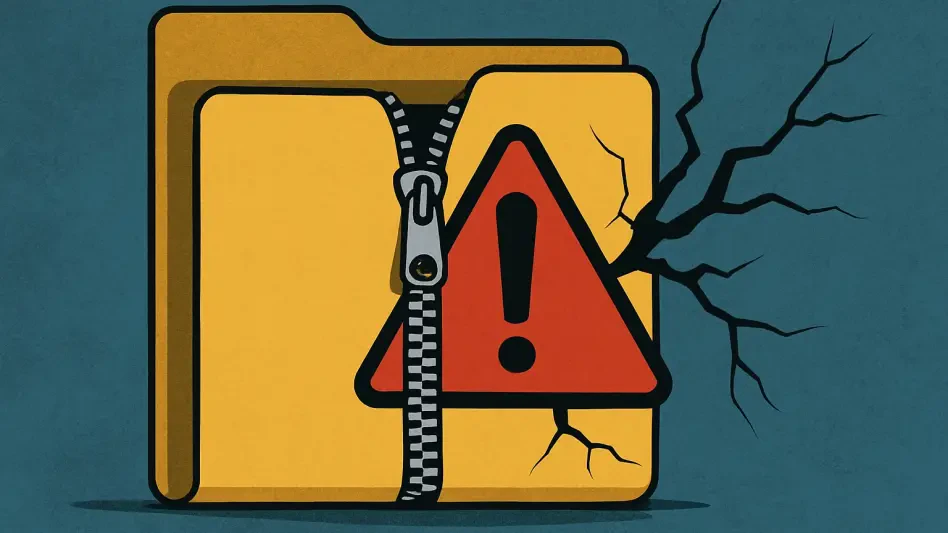When the office lights dim and calendars show a long weekend, intrusions don’t slow down—they sharpen, and that timing is no accident according to security leaders, incident responders, and identity architects who converged on one clear point: attackers aim for the quiet hours, and too many teams still rebuild identity last. This roundup brings together frontline perspectives and survey-backed insights to explain why weekend and holiday strikes remain common, how corporate events amplify risk, and why identity remediation and automated recovery still trail detection despite years of alerts demanding exactly that shift.
The goal here is practical clarity. Multiple voices—CISOs from critical sectors, SOC managers at global enterprises, MDR providers, and identity-focused practitioners—compare notes on the same problem from different angles. Their experiences align on timing tactics and diverge on how to balance staff well-being and 24/7 coverage, where to invest in identity resilience, and how to rehearse recovery without grinding teams down.
Why Attackers Wait For Quiet Hours—And Why Recovery Stumbles When Identity Breaks
CISOs surveyed across North America, Europe, and Asia-Pacific described a familiar pattern: more than half of recent ransomware incidents began on weekends or holidays, and a substantial share followed mergers, IPOs, or layoffs. Practitioners attribute this to an imbalance between attacker patience and defender coverage. Adversaries simply wait for reduced SOC staffing, change freezes, and distracted governance, then pivot through identity to expand the blast radius.
Identity leaders added a second thread: even as 90% of organizations report visibility into identity vulnerabilities, fewer than half maintain formal remediation procedures, and only about two-thirds automate identity recovery. According to incident responders, that gap explains why recoveries still take longer than they should. Monitoring finds the holes; absent playbooks and rollback automation, those holes persist into the crisis.
Where Timing, Staffing, And Identity Controls Collide
The Weekend Playbook: Thinner Defenses, Longer Dwell Time, Higher Impact
SOC managers consistently acknowledged an off-hours cliff: roughly 78% reduce staffing by half or more during weekends and holidays, and a small but notable minority go dark. Detection pipelines still run, but triage slows, follow-up stalls, and escalations bounce. Responder teams note that this delay buys attackers dwell time to harvest credentials, disable logging, and stage exfiltration with fewer interruptions.
Leadership voices offered a nuanced defense of these choices. Off-hours reductions increasingly reflect a deliberate shift toward sustainable work/life balance, not complacency. However, MDR providers and red-teamers cautioned that sustainability without compensating automation and managed coverage hands adversaries a predictable window. The consensus was not to abandon the balance, but to backfill with on-call rotations, playbooked containment, and partner monitoring that does not blink at 2 a.m.
Corporate Transitions As Attack Accelerants: M&A, IPOs, Layoffs
Risk officers highlighted that close to 60% of incidents trailed a material corporate event, and in some sectors the number spiked higher. During integrations, identity domains merge, privileges change under deadline pressure, and vendor access expands before governance catches up. Architects described how domain trusts proliferate, exceptions multiply, and clear authority blurs—an ideal setup for lateral movement hidden inside legitimate change.
Advisors who specialize in transaction hygiene argued for simple moves that pay outsize dividends: pre-event hardening, documented authority lines, and a narrow change window with explicit approvals. Where those basics existed, teams reported faster containments and less ransom leverage. Where they did not, business disruption and negotiation pressure rose together.
Identity As The Blast Radius: Seeing More, Fixing Less, Recovering Slowly
Identity practitioners across platforms—Active Directory, Entra ID, and Okta—agreed that visibility gains have outpaced operational closure. SOCs can flag risky delegations, stale privileged groups, and attack paths; yet only 45% of organizations maintain formal remediation procedures with owners and SLAs, and just 63% have automated recovery for identity systems. Incident commanders framed the impact bluntly: if identity is compromised and rollback is ad hoc, every other system waits.
Engineers stressed that hybrid environments complicate recovery. Disaster recovery plans tend to center on AD more than cloud identity, leaving Entra ID and Okta unevenly covered. That mismatch produces partial restores—servers return while sign-in is still unstable, or cloud apps come back while on-premises accounts remain suspect. Teams that treated identity-first recovery as a product—versioned, tested, and time-bound—reported more predictable timelines and fewer cascading outages.
Sector Contrasts That Reveal Systemic Weak Spots
Sector leaders compared notes and surfaced stark differences. Manufacturing and utilities, along with energy, reported the lowest SOC adoption rates—often in the single digits—paired with the highest share of event-aligned attacks. Identity scanning was widespread, yet remediation procedures and cloud-identity DR coverage lagged, leaving critical operations exposed during off-hours and transitions.
By contrast, IT and telecom organizations saw among the highest weekend/holiday hit rates despite greater familiarity with automation. Experts tied this to attacker incentives and ecosystem complexity: sprawling dependencies, privileged integrations, and third-party access create more doors to lock—and to forget. Across sectors, the throughline was consistent: incomplete identity DR, especially for cloud identity, combined with reduced off-hours staffing to extend downtime beyond the initial encryption event.
From Insight To Action: Build Coverage, Close The Loop, Rehearse Recovery
CISOs and SOC leaders outlined three pragmatic tracks. First, treat weekends, holidays, and corporate events as surge windows with explicit coverage plans. That means vetted on-call rosters, MDR guardrails, and calendar-aware change controls that tighten privileges and freeze nonessential modifications when oversight is thinnest. Teams that codified these rules said alert fatigue dropped while response speed improved.
Second, make identity resilience the center of gravity. Identity architects urged systematic hardening across AD, Entra ID, and Oktleast privilege for admins, protected credential stores, enforced MFA for break-glass accounts, and continuous validation of high-risk delegations. Just as important, responders pushed for automated identity recovery—golden images or policy baselines that revert drifted configurations in minutes, not days, so application recovery does not stall waiting on sign-in.
Third, close the remediation gap. Practitioners recommended priority queues tied to business risk, named owners for identity vulnerabilities, and SLAs that convert detection into durable fixes. Several leaders noted that change management often treats identity as infrastructure background; elevating it to first-class incident risk, with regular tabletop exercises that pressure-test rollback paths, made the difference between a contained incident and a prolonged outage.
What Readiness Looks Like When The Network Is Quiet
Experts converged on a candid reality. Attackers time intrusions for low-coverage periods because it works, and it kept working until organizations matched hours, automation, and authority to those rhythms. Internal SOCs without off-hours depth performed well in daylight but faltered on long weekends; teams that blended sustainable staffing with outside coverage and preapproved playbooks shortened response cycles.
The most consistent lesson came from identity. Visibility was necessary, but it never substituted for remediation muscle and automated recovery. Organizations that rehearsed identity-first restoration—across on-premises and cloud—contained blast radius, restored core services in order, and resisted ransom leverage more effectively. In contrast, environments that relied on manual fixes during a crisis met the limits of heroics.
This roundup closed with concrete next steps. Leaders planned surge coverage tied to the calendar and corporate events, automated identity rollback for AD, Entra ID, and Okta, and codified remediation with owners and SLAs aligned to risk. Teams scheduled tabletops that included cloud identity, not just servers and storage. For further reading, practitioners pointed to recent cross-sector surveys, incident postmortems, and identity-focused recovery playbooks that detailed how staffing models, governance, and ITDR matured under real pressure.








